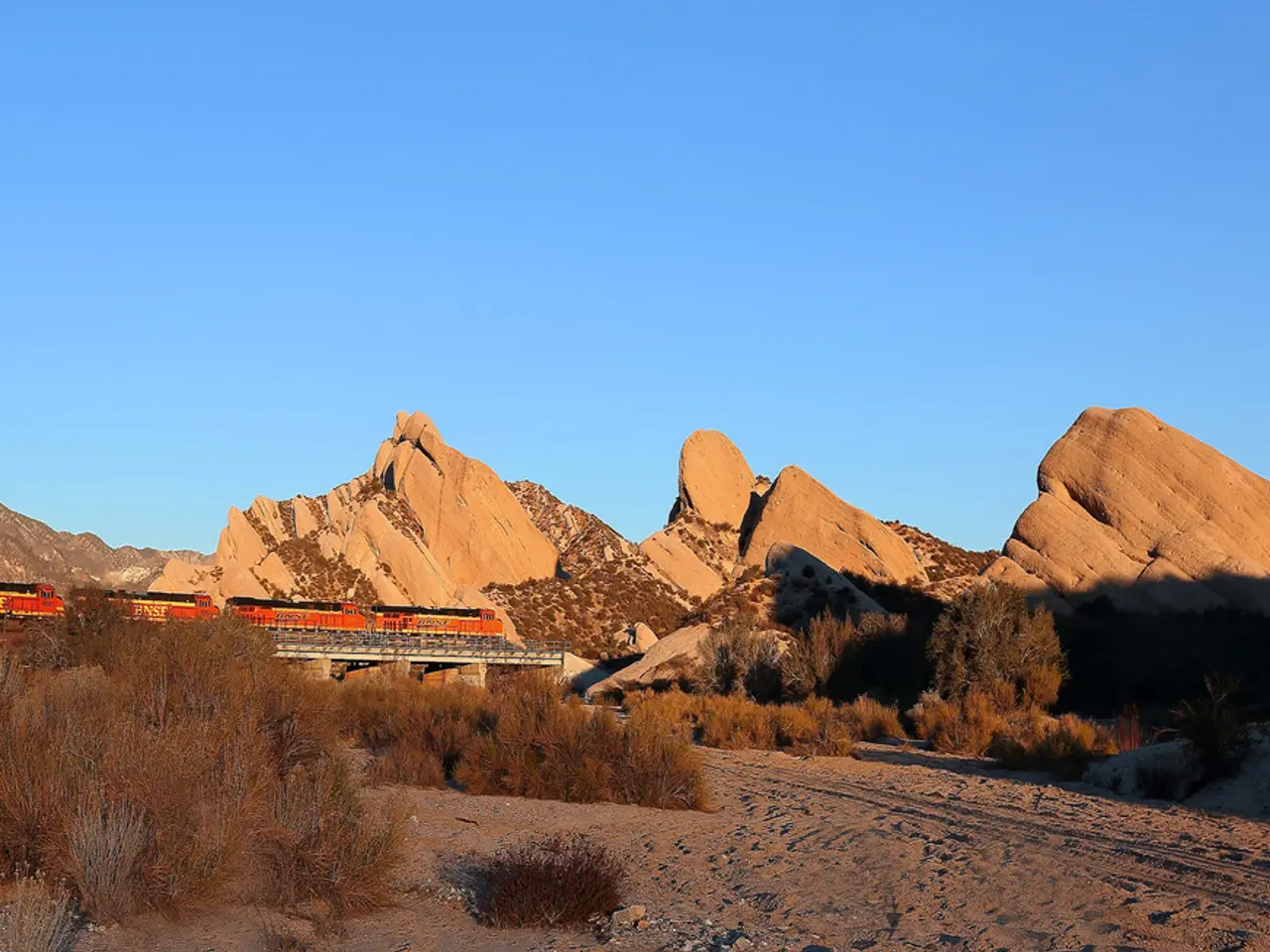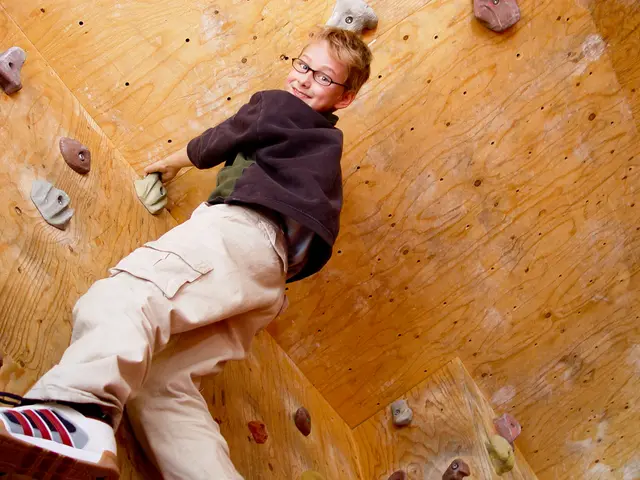Refreshing Atmosphere Infused with Historical Tech and Tempting Aroma
Exploring the Industrial Heritage of Bergisches Land: A Journey Through Time
The Bergisches Land region in Germany is a treasure trove for history enthusiasts, offering a unique blend of industrial heritage and railway culture. This region, known for its rich industrial past, is home to several attractions that showcase the evolution of transport and manufacturing technologies.
- Museum Railway (Bergische Museumsbahn)
The museum railway is a living testament to the development of rail transport in the Bergisches Land. It preserves and operates vintage locomotives and trains, providing visitors with a glimpse into the transition from steam to electric traction. Riding on these historical rail vehicles along scenic routes offers an immersive experience, allowing visitors to learn about the significance of railways in the industrial era of the region.
- Manuelskotten
Located near Wuppertal, Manuelskotten is a historic water-powered hammer mill turned museum. It offers insights into the small-scale iron industry that once thrived in Bergisches Land. The exhibits at Manuelskotten help bridge the gap between the industrial past and developments in regional transport and manufacturing.
- Greuel Naturfreundehaus
The Greuel Naturfreundehaus serves as a cultural and natural meeting place, fostering a connection between the local community and nature. Situated in a wooded area, it complements the industrial heritage by offering a tranquil retreat where visitors can relax and explore nature after engaging with historic modes of transport and machinery. The Naturfreundehaus often supports exhibitions or events related to regional industrial heritage, including electric mobility's roots.
Visitors can unwind at the Naturfreundehaus with a cup of freshly brewed coffee, delicious cake, or beer. After visiting the Naturfreundehaus, visitors can return to the Kohlfurther Bridge by foot or train. The Naturfreundehaus is located at the end station Greuel along the museum route.
Volunteers in the book carriage on the museum route have resources about railway and local regional history. Passengers can interact with the conductor on the museum railway, and there are numerous old trains to admire at the museum. The Manuelskotten along the museum route provides insights into the working conditions of the large knife grinding technology, further enriching the learning opportunities about local regional history.
In conclusion, the Bergisches Land offers visitors a combined historical and experiential view of its industrial legacy. The museum railway's vintage trains, the industrial heritage site Manuelskotten, and the community-oriented Greuel Naturfreundehaus all contribute to understanding the area's historic development in electric and traditional mobility and rail transport.
- Embarking on a visit to Manuelskotten, a historic water-powered hammer mill, allows one to delve deeper into the regional technology's evolution from the small-scale iron industry to the advancements in manufacturing and transport.
- Integrating the Industrial Revolution's past with modern-day lifestyle, a trip to Bergisches Land would not be complete without experiencing the museum railway's nostalgic journey through time, showcasing the transition from steam to electric traction in the realm of technology and travel.





